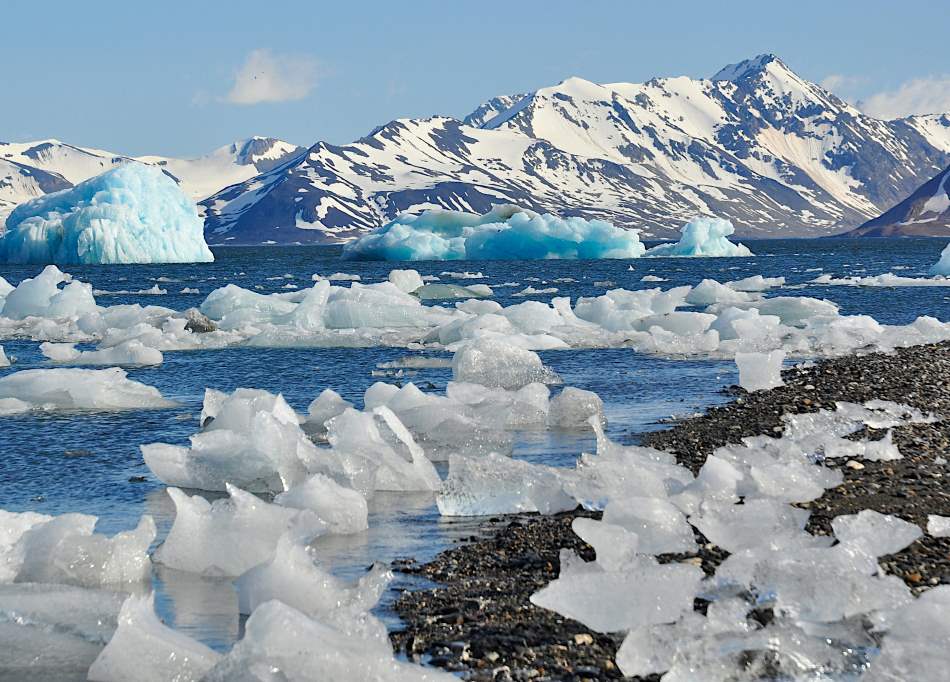Table of Contents
Attitudes toward climate change and carbon footprints reveal a striking geographical pattern.
Recent research by Farzan Karimi-Malekabadi and colleagues investigates the influence of moral values on these regional differences. They used Moral Foundations Theory, which suggests that moral judgments arise from deeply rooted intuitions about care, fairness, loyalty, authority, and purity.
This study, based on surveys conducted between 2008 and 2013 with over 12,000 respondents, measured beliefs regarding the reality of climate change, its human-induced causes, and its negative impacts. Researchers also compared household carbon footprint data from UC Berkeley’s CoolClimate Network with responses from the Moral Foundations Questionnaire, which included over 106,000 responses collected from 2012 to 2018, alongside demographic data and presidential election results.
Moral values and climate concerns
In their analysis of county-level data, the researchers found that counties prioritizing fairness norms had 1.06 times higher odds of supporting green practices. Similarly, counties with higher education levels were 1.05 times more likely to favor eco-friendly behaviors. Emphasis on purity norms was associated with 1.02 times higher odds of supporting green practices.
However, political leanings remained the most significant factor in predicting green attitudes, with fairness norms coming in second. In contrast, purity norms — often linked to more conservative values — strongly predicted household carbon footprints. In liberal contexts, these purity norms could manifest as a desire to preserve the Earth in its “pure” state, untouched by human-caused damage.
Regional variations in environmental attitudes
While research has long highlighted the regional variation in climate change attitudes and behaviors, the role of shared moral values in shaping these differences has remained unclear. This gap is critical for designing effective climate action strategies.
Many environmental initiatives rely on “moral framing” to encourage pro-environmental behavior, often targeting specific regions. However, these strategies may fail if they do not account for the distinct moral landscapes of various communities. Therefore, understanding how moral values influence environmental engagement is essential for tailoring successful interventions.
Across two studies, Karimi-Malekabadi and colleagues examined how county-level moral values could predict both green attitudes and household carbon emissions, accounting for political behavior and other regional factors.
Their findings, using Bayesian geospatial modeling, show that counties endorsing fairness and purity exhibited higher environmental concern and lower emissions across 3,102 U.S. counties in 48 states. While political orientation remains a strong predictor of environmental attitudes, moral values seem to have a more significant impact on carbon footprints.

The influence of geography on climate action
Climate change is a global issue, but its impacts vary widely from region to region. Previous studies have shown that attitudes about climate change are not uniformly distributed. In the U.S., coastal and urban areas tend to exhibit greater concern for climate change, while more rural and inland states show lower levels of concern.
For example, belief in the reality of global warming is particularly high in Hawaii and the District of Columbia (75–81%), but lower in places like West Virginia and Wyoming (54–55%). Similarly, regions like California and New York are more likely to believe that human activity drives climate change, while this conviction is less prevalent in Wyoming and West Virginia.
Support for carbon dioxide regulation and renewable energy policies is stronger in cities such as San Francisco, where 79% of residents favor policies to reduce carbon emissions. In contrast, rural areas in states like Kentucky and Arkansas show lower levels of belief in global warming and are less supportive of emission-reduction policies.
Urban vs. suburban
Regional variations also extend to green behaviors. For example, urban centers with higher population densities, like New York City and San Francisco, generally have lower household carbon footprints (around 40 tons of CO2 per household) due to smaller homes, shorter commutes, and better access to public transportation.
By contrast, suburban areas surrounding cities like Houston and Atlanta show higher carbon footprints (often exceeding 50 tons) due to larger homes, longer commuting distances, and a reliance on cars. Consequently, states with sprawling suburban landscapes, such as Texas and Georgia, tend to have higher per-household emissions, while states with dense urban centers, like California and New York, tend to have lower emissions.
These regional differences are often tied to the demographic and cultural makeup of specific areas. For example, rural areas with conservative populations may be less likely to perceive climate change as an urgent threat, prioritizing economic growth over environmental regulation. In contrast, urban regions with larger liberal populations tend to support climate action and are more likely to link extreme weather events to broader patterns of climate change.
Moral values are another critical factor influencing regional differences. Moral Foundations Theory (MFT) posits that moral judgments are rooted in basic intuitions related to care, fairness, loyalty, authority, and purity. Each of these moral values reflects a response to cultural challenges, and they vary significantly across regions. Coastal regions like the Northeast and West Coast tend to prioritize care and fairness, while the Midwest and Southern states place greater emphasis on loyalty, authority, and purity.
These geographical variations are not just academic; they have real-world implications. For example, regions with a stronger emphasis on purity values might view environmental damage through a lens of preserving the natural world from contamination. This perspective can influence the adoption of green behaviors and support for environmental policies that aim to protect the environment from further harm.
Aligning climate action with regional moral values
Understanding the role of moral values in shaping regional attitudes toward climate change is crucial for effective climate action. Regional differences in moral values can affect how communities interpret environmental issues and respond to climate change. By tailoring interventions to align with the dominant moral values of different areas, it is possible to enhance the effectiveness of climate action strategies. This approach may improve public support for green initiatives, increasing the likelihood of their success.
As the research by Karimi-Malekabadi and colleagues shows, moral values play a significant role in shaping environmental attitudes and behaviors at the regional level. By focusing on shared values within communities, we can better address the unique challenges and opportunities each region faces in tackling climate change.
Journal Reference:
Farzan Karimi-Malekabadi, Sonya Sachdeva, Morteza Dehghani, ‘A value-based topography of climate change beliefs and behaviors’, PNAS Nexus 4, 2 (2025). DOI: 10.1093/pnasnexus/pgae590
Article Source:
Press Release/Material by PNAS Nexus
Featured image credit: Andrej Prelesnik | Pexels




